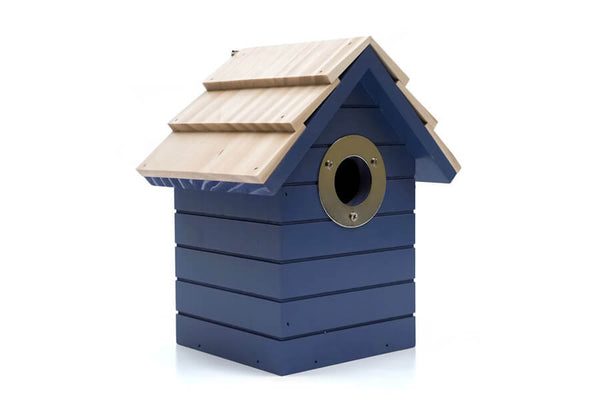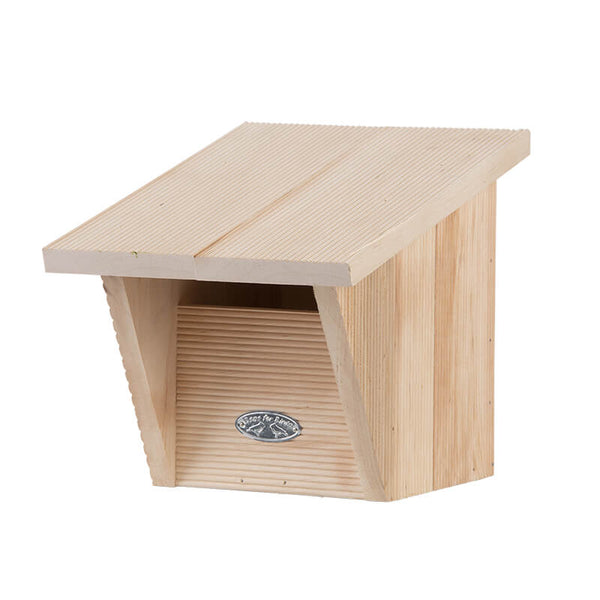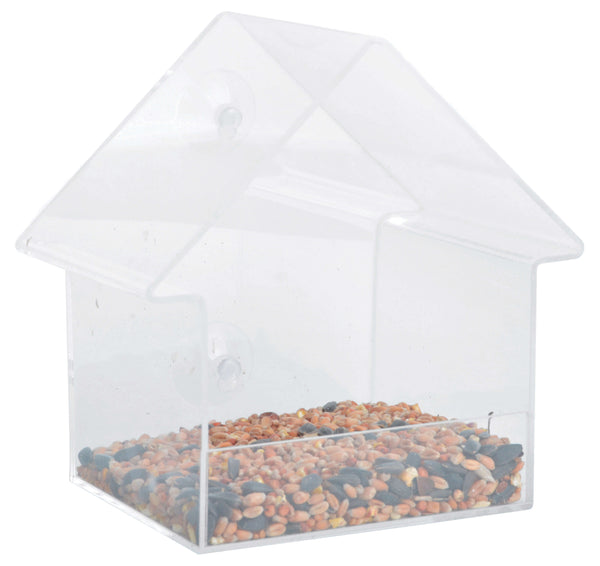UK Birds Beginning with F
Everyday, our lives are touched by species of birds around the world
. Whether it’s a Seagull stealing your chips at the beach or a Robin nesting in the trees in your garden, birds are all around us all of the time.
With over 10,000 species of birds in the world over the whole alphabet there are plenty of birds that take their first letter of their name from one of the 26 letters.
On our journey of bird names through the alphabet, we have reached the letter F, the sixth letter of the alphabet.
Bird Species in The UK
In the UK, there are over 600 species of birds and only a small handful begin with the letter F!
Fieldfare

On the red in the UK conservation list, the Fieldfare is a rare site in the UK. Fieldfares are large thrushes that are colourful with a few yellow feathers on their body.
A social bird, they spend their winter in big flocks of up to several hundred! If you see one, you’ll see it move with very purposeful hops. As a winter visitor, these add a delightful pop of colour to our countryside throughout the colder months.
Fieldfares are omnivores and eat a range of insects, as well as berries, grains and bird seeds.
Firecrest

In competition for the smallest bird in the UK with the Goldcrest, the separate species, theFirecrest is a vibrant bird with a yellow and black stripe on its head. (Males have a bright orange centre.)
In the UK, the Firecrest was once a visitor, but now it can be found breeding in much of southern England.
The scientific name, Regulus Ignicapilla, of the Firecrest has a royal ring to it as it translates to the firecapped little King, a fitting name for this little bird.
Fulmar
Often referred to as the Northern Fulmar, this bird is a seabird that resembles a gull. It’s actually more closely related to Petrals and Shearwaters.
With a stout body, a short neck and a thick hooked bill, this bird is easily recognisable. Fulmars have a distinct tube nose which is used to excrete salt from sea water.
In the UK, breeding for these birds takes place on cliff ledges in coastal areas. Fulmars are monogamous and return to the same mate and nesting site each year. They lay a single egg, which both parents incubate.
Federal Pigeon

The Federal Pigeon, also known as the Rock Dove (Columba livia), is a common bird found in urban and rural areas worldwide, including the UK. Often referred to simply as the pigeon, this bird has a notable history of domestication and adaptation to human environments.
Rock Doves are medium-sized birds, measuring about 30-35 cm in length with a wingspan of 62-72 cm. They have a robust body, a short neck, and a small head. Their plumage varies widely due to domestication, but wild-type pigeons typically have a bluish-grey body, two black bars on each wing, and iridescent feathers around the neck that shimmer green and purple.
Rock Doves are highly adaptable and opportunistic feeders. Their diet primarily consists of seeds and grains, but in urban environments, they readily consume human food scraps.
Finch
Finches are small to medium sized birds belonging to the family frendillidae. Finches are known for their vibrant plumage and melodious songs. In the UK, there are several sub species found, each with its own unique characteristics and behaviours.
Typically small birds, they have stout beaks adapted for seed eating. Among species, their plumage varies, often it features bright and attractive colours. In the UK, common species include the Chaffinch and Goldfinch.
In the UK, you’ll find Finches in woodlands and gardens, and possibly some urban areas too.
Birds Around the World
Flamingo

Flamingos are a large bird that wades. There are six species of Flamingos: the greater Flamingo, the Lesser Flamingo, Chilean Flamino, Caribbean Flamingo, Andean Flamingos and Puna Flamingo.
The most recognisable feature of these birds is their bright pink feathers, but did you know that their pink colour is caused by the presence of carotenoid pigments found in the algae and crustaceans they eat and one Black flamingo has been spotted too!
Their colour plays an important role in their social structure as the pinkest birds have the highest status in the colony. This is because it shows that individual is strong and good at finding food.
Fairy Flycatcher
As the name suggests, the Fairy Flycatcher is a small bird that graces regions of Southern Africa with its presence.
This delicate bird has a striking contrast in colours between genders. Males have blue grey upper feathers, a white underside and a black eye stripe, whilst females are usually fuller with more brown tones.
Despite only being small in size, these birds are captivating to watch as they flit about in search of insects.
Falcon

Falcons, members of the Falconidae family, are iconic birds of prey known for their impressive aerial abilities and streamlined physique.
With long, pointed wings and sharp talons, they are built for speed and agility, making them formidable hunters in the avian world. Renowned for their exceptional flight skills, falcons are among the fastest animals on the planet, capable of reaching astonishing speeds during hunting dives.
Their hunting technique, which often involves pursuing birds in flight, showcases their mastery of the skies. From the famous Peregrine Falcon to the colourful American Kestrel, falcon species exhibit a diverse range of adaptations and behaviours.
Flame Robin
The Flame Robin, a vibrant bird found in southeastern Australia, captivates with its fiery plumage and is often spotted in forest edges and temperate forests.
Its flame-coloured feathers make it stand out among other birds, particularly in the eastern United States where it occasionally migrates.
Fork-Tailed Flycatcher
The Fork-Tailed Flycatcher, a medium-sized bird with rounded wings, is commonly sighted in Central America and South America.
The Fork tailed flycatcher is agile in flight and hunts in tropical moist lowland forests, displaying its prowess as a member of the flycatcher family.
Fawn-Breasted Thrush
In the depths of tropical forests in Central and South America, the Fawn-Breasted Thrush moves gracefully among the trees.
With its dark brown plumage and fawn-colored underparts, this small passerine bird is an endemic species, showcasing the biodiversity of the region.
Franklin’s Gull
Franklin’s Gull, a wading bird with white feathers and a black head, is a familiar sight in North America, particularly around the Great Lakes. It nests in tree cavities and frequents moist lowland forests during migration.
Fulvous Whistling Duck
The Fulvous Whistling Duck, with its fulvous-headed appearance, is a resident breeder in western Asia and southern Europe. Found in wetland habitats, it is closely related to other ducks in the Anatidae family.
Fody
The Fody, a small bird with colorful plumage, is a common sight in Madagascar and other islands in the Indian Ocean. Its presence adds a splash of colour to the tropical landscapes it inhabits.
Flicker
In the woodpecker family, the Flicker stands out with its spotted plumage and tree-fork foraging behavior. Native to North America, it frequents forest edges and urban areas, delighting bird enthusiasts with its distinctive calls.
Fire-Capped Tit
Finally, the Fire-Capped Tit, a resident breeder in temperate forests of southern Asia, showcases its fiery crown as it flits among the trees.










